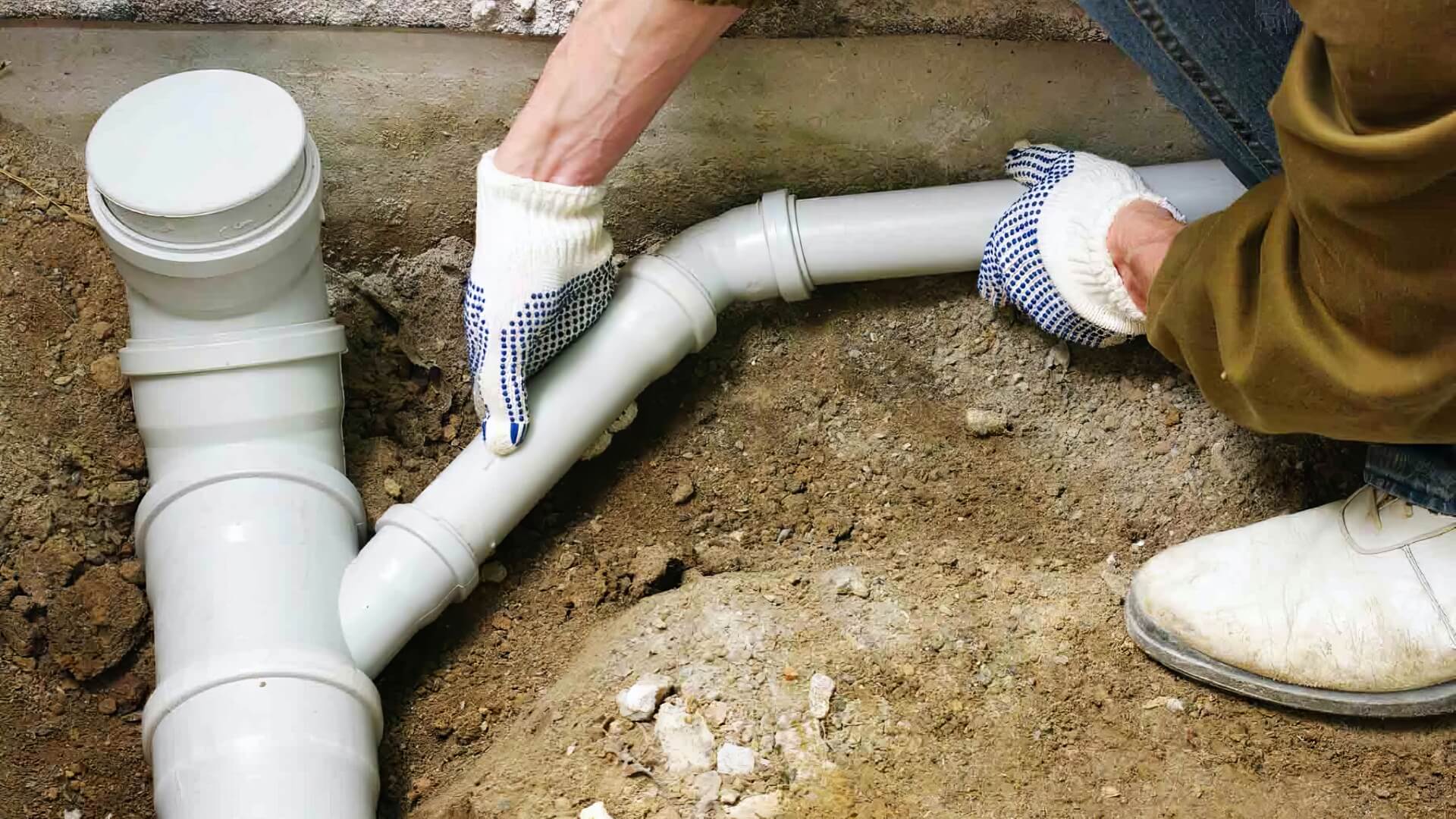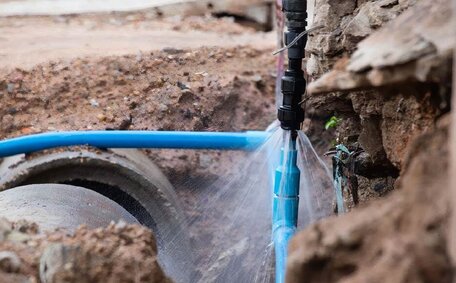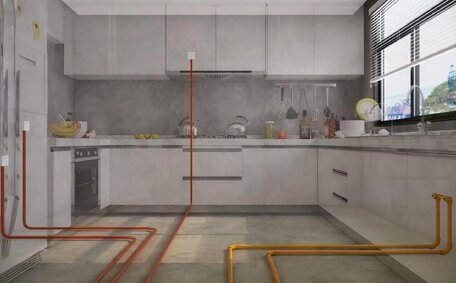Understanding Hot Water System Components
Maintaining your hot water system is crucial for its overall health and efficiency. Key components to regularly check include:
- The anode rod, which protects the tank from corrosion and should be inspected annually and replaced as needed
- The heating element that heats the water, which may need to be replaced over time
- The thermostat that regulates water temperature
- The temperature pressure relief valve, which should be tested annually to ensure water heater is working properly
- The drain valve used for flushing tank processes to ensure your water heater remains sediment-free
Regular plumbing maintenance of your water heater’s critical components can dramatically extend the lifespan your water heater from the typical 10 years to 15-20 years or longer. Ignoring hard water sediment, mineral buildup or signs of corrosion can shorten the life of your water heater, causing premature failures and costly repairs.
Schedule maintenance with a licensed plumber to ensure your water heater operates effectively for the long term. An inspection and tune-up ensures everything is in good working condition to meet your hot water heater needs.
Inspecting Key Parts
When inspecting key parts, be sure to carefully check inside your hot water system’s components:
Water Heater Tank
Visually inspect the exterior for any signs of rust, signs corrosion, or leaks. An excessive amount of sediment water can compromise water quality, which can indicate the tank needs to be flushed. Mineral deposits and sediment reduce energy efficiency and can lead to premature failure.
Every six months, you should check by draining a bucket full of water from the drain valve and observe if murky drain water comes out, indicating sediment buildup.
Heating Elements
Turn off power supply to the unit before inspecting electric water heating elements. Check for mineral deposits or buildup and make sure elements are still fully submerged in the water when the tank is full. Heating elements typically need replacement every 6-10 years.
Anode Rod
Remove and visually inspect the anode rod for signs of wear, which may necessitate an anode rod replacement, usually indicated by pits, holes or a significant reduction in diameter. Proceed with anode rod replacement if needed, which can prevent tank corrosion when replaced. Standard anode rods should be replaced every 4-6 years.
T&P Relief Valve
A stuck valve can affect the flow rate and put excess pressure on the tank.
Vigilantly inspecting key water heater components yearly allows for the early identification and resolution of issues, thus maximising your system’s lifespan.
Performing Routine Maintenance
Your water heater maintenance should optimise the system, maximise its lifespan, and prevent breakdowns by keeping the plumbing in peak condition. A detailed water heater maintenance checklist can save both time and money by ensuring efficient operation and extending unit lifespan up to 20 years or more.
Drain and Flush Water Heater Tank
To remove sediment and mineral deposits, carry out your water heater maintenance by flushing the tank every 6-12 months. Cut off cold water and power supply first, preparing to drain the water heater.
Attach a garden hose drain and use water heater maintenance practices at the valve at the bottom of the tank to route it to a nearby floor drain.
Inspect and Replace Anode Rod
Replace with a new anode rod of the same style and length.
Shut off the power and control valve before removing it.
Test Temperature and Pressure Relief Valve
Manually check all valves, including the temperature pressure relief (tpr) valve, test lever annually to ensure the valve moves freely and allows water to discharge. A stuck valve can lead to excessive water pressure buildup. If the valve fails to operate properly, replace it right away.
Additional Maintenance Tips
- Check all water fittings and your pipes for leaks and turn off gas supply if needed to address any water heater requirements promptly.
- Inspect the exterior of the tank for rust or signs of corrosion.
- Make sure electrical connections are tight and free of moisture, and ensure drain lines are clear and unobstructed.
- Clear any debris around your floor drain and drainage systems for backflow prevention.
Following manufacturer instructions for plumbing and maintenance service and your preventive routine, keeping detailed records, and partnering with a licensed plumber annually helps protect your water heater investment and keep costs low over your hot water system’s lifetime.
When to Call a Professional
There are certain situations when it’s crucial to call in a professional plumber to service your hot water system.
Persistent problems with water temperature and temperature pressure regulation can also signal it’s time to get professional help. A licenced plumber has the skills and tools to fully evaluate your system’s operation and pinpoint any faulty parts needing replacement.
Hurstville Plumbing advises annual inspections, including hot water faucet checks, to maintain system health. Our expert technicians will oversee all components, conducting a comprehensive inspection, checking into your hot water system thoroughly. We can catch small issues before they turn into big, expensive headaches down the road.
Should you experience a loss of hot water supply, unsafe pressure buildup or other concerning symptoms, contact our team immediately as part of your preventive maintenance schedule.
Contact a plumbing professional immediately upon discovering leaks or signs of deterioration. Left unchecked, even minor problems can quickly escalate into tank failures, flooding, damage to your home and other dangerous situations.
With over 50 years of experience, Hurstville Plumbing has the expertise to manage all hot water system installation, repair, and maintenance needs. Email or call us today to discuss your options. We are dedicated and can help serve all your customers’ needs throughout the Sydney metro area.






